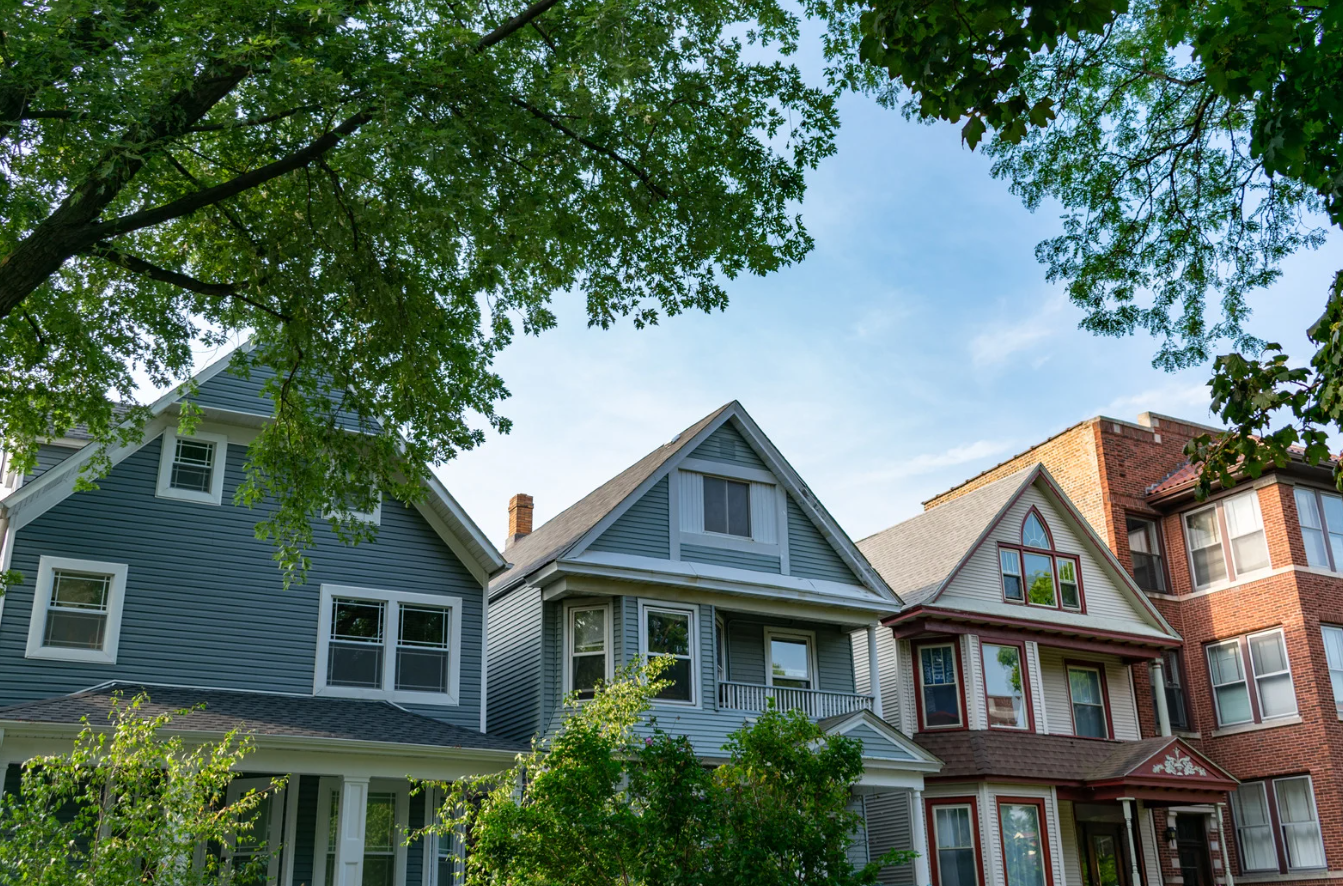In the United States, migration patterns have been shaped by a multitude of factors, such as job opportunities, lifestyle preferences, and affordability of housing. The latter has become an increasingly important factor in recent years, as the cost of living in major metropolitan areas has skyrocketed. As a result, many Americans are moving to more affordable housing options, including smaller towns and rural areas. In this blog post, we'll explore the reasons behind this trend, its impact on both urban and rural communities, and the challenges and opportunities it presents.
The Affordability Crisis in Major Metropolitan Areas
The cost of living in major metropolitan areas has been on the rise for decades, driven by a variety of factors such as gentrification, rising property values, and high demand for housing. As a result, many people are finding it increasingly difficult to afford to live in cities like New York, San Francisco, and Los Angeles. This has led to a migration trend where people are moving away from these urban centers in search of more affordable housing options.
Rural Areas and Small Towns as Alternative Housing Options
Many Americans are finding more affordable housing options in rural areas and small towns. These areas often have lower housing costs, lower taxes, and a lower cost of living overall. For example, a recent study found that the median home price in New York City was $1.1 million, while the median home price in a small town in upstate New York was only $181,000. This price differential is one of the main reasons why people are choosing to move away from major metropolitan areas.
Impact on Urban and Rural Communities
The migration trend towards more affordable housing options has had a significant impact on both urban and rural communities. In urban areas, the outflow of residents has led to a decline in population, which can have a negative impact on the local economy. For example, a smaller population means less demand for local businesses, which can lead to closures and job losses. On the other hand, the influx of new residents into rural areas can lead to an increase in demand for local goods and services, which can be a boon for local businesses.
Challenges and Opportunities
The migration trend towards more affordable housing options presents both challenges and opportunities. One of the biggest challenges is the strain it can put on infrastructure in rural areas. For example, rural areas may not have the same level of public transportation or healthcare services as urban areas, which can be a problem for new residents who rely on these services. Additionally, the influx of new residents can put pressure on local housing markets, driving up prices and making it more difficult for existing residents to find affordable housing.
However, there are also many opportunities associated with this trend. For example, the influx of new residents into rural areas can bring new skills and talents to local communities. This can lead to the development of new businesses and industries, which can create jobs and boost the local economy. Additionally, the migration trend towards more affordable housing options can help to reduce inequality and increase access to affordable housing for low-income Americans.
The migration trend towards more affordable housing options is a reflection of the growing affordability crisis in major metropolitan areas. While it presents challenges for both urban and rural communities, it also presents opportunities for economic growth and the development of new industries. As this trend continues, it will be important for policymakers to address the challenges and work to maximize the opportunities. This may involve investing in infrastructure in rural areas, creating new incentives for businesses to move to these areas, and ensuring that existing residents have access to affordable housing. By working together, we can create a more equitable and sustainable housing market for all Americans.





